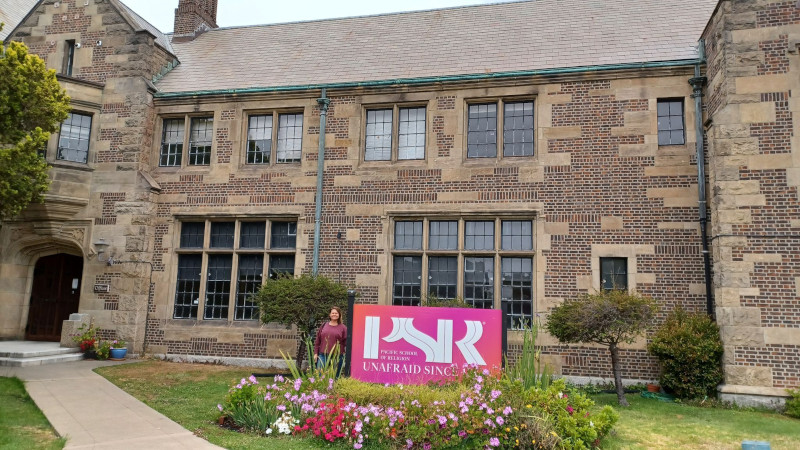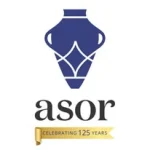
2024 Study of Collections Fellowship Report
Jennie Ebeling, University of Evansville

In recent decades, many archaeologists who research Bronze and Iron Age sites in the southern Levant have shifted their focus from investigating historical questions to asking more anthropological ones. Household archaeology approaches can be applied not only to ongoing excavation projects, but also to legacy collections, as has been demonstrated by studies that have utilized the rich artifact assemblages from Iron Age Tell en-Nasbeh (biblical Mizpah). William Frederic Badè of the Pacific School of Religion (PSR) in Berkeley, CA directed excavations at Tell en-Nasbeh, Palestine for five seasons between 1926 and 1935 on behalf of PSR and ASOR and brought some of the excavated artifacts to Berkeley through partage in the 1930s. While many of the artifacts in the collection have been published or made available through Open Context, some 150 ground stone artifacts in the Badè Museum of Biblical Archaeology at PSR have never been assessed by a stone artifact specialist and published. In summer 2024, I was awarded an ASOR Collections Fellowship to study the mortars, stone vessels, handstones, pestles, grinders, scrapers, weights, sling stones, and other stone artifacts in the collection to learn how this these artifacts can contribute to our understanding of daily life activities at Tell en-Nasbeh in the first half of the first millennium BCE.

During a ten-day research period in June 2024, I examined all of the ground stone artifacts kept in the Badè Museum storeroom. In addition to assessing, measuring, sketching,and photographing each object, I searched the publications, photographs, and original field ledgers and artifact cards for all available documentation of them. While the collection primarily comprises small, complete objects –most of them handheld processors made of limestone, flint, and other materials available locally –several fragments of large and more specialized objects are among the assemblage along with artifacts made of basalt that were probably brought from Galilee or farther north. Particularly interesting is a small collection of tools made of scoria, a highly vesicular volcanic rock. While similar artifacts are known from other Iron Age sites in the region, their functions are not completely understood. One object was described as a “foot scraper” in McCown’s Tell en-Nasbeh I apparently on the basis of ethnographic information: they “are supposed to have been used to rub the thick and sometimes painful callouses from the soles of the peasant’s feet” (1947: 250). Other artifacts were likely used in food processing and other activities. Ongoing research of this material will offer more insights into the function of household spaces at Tell en-Nasbeh during the Iron Age. I would like to thank Aaron Brody, Director of the Badè Museum of Biblical Archaeology, for his help and encouragement and ASOR for making this research possible.

Latest Posts from @ASORResearch
Stay updated with the latest insights, photos, and news by following us on Instagram!
American Society of Overseas Research
The James F. Strange Center
209 Commerce Street
Alexandria, VA 22314
E-mail: info@asor.org
© 2025 ASOR
All rights reserved.
Images licensed under a Creative Commons Attribution-NonCommercial-ShareAlike 4.0 International License

